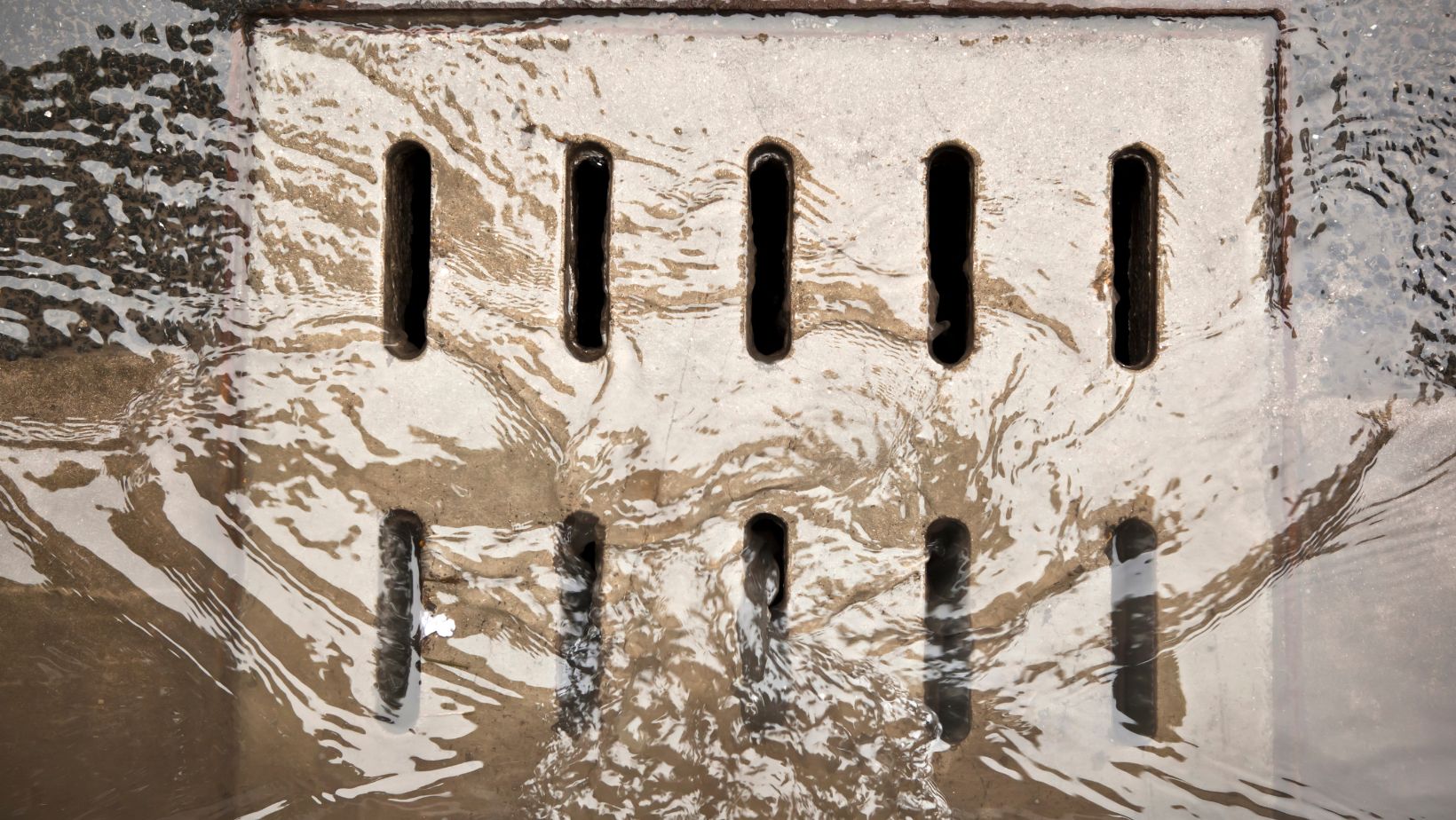A lush, green garden might seem like the perfect way to enhance your home’s kerb appeal — but what if it’s secretly working against you? Many homeowners don’t realise that their landscaping choices could be causing drainage issues, leading to water damage, erosion, or even foundation problems.
If you’ve ever noticed soggy patches in the yard, water pooling near your home, or strange damp smells indoors after rain, your garden might be the culprit. And in many cases, it all comes down to how the vegetation is positioned and maintained.
Sometimes, the fix is as simple as trimming back plants or addressing overgrowth. In other cases, more involved vegetation removal may be needed to help water flow safely and naturally away from the home.
Here’s how to figure out if your garden is doing more harm than good — and what you can do to protect your property.
Clues That Your Garden Is Causing Drainage Problems
Your garden doesn’t have to be a jungle to create issues. Even small design mistakes or overgrown areas can lead to serious water management challenges. Look out for these signs:
- Persistent puddles or soggy areas, especially after light rain
- Water pooling near your home’s foundation
- Mulch or soil washout after heavy rain
- Musty smells or damp patches on interior walls or flooring
- Cracked or shifting pavers near garden beds or tree roots
These clues often go unnoticed — or dismissed — until they start causing damage that’s harder (and more expensive) to fix.
Plants and Trees That Block Water Flow
Large plants and trees are often admired for their shade and privacy, but their root systems can easily interrupt natural water flow. Instead of allowing rain to soak into the soil or move away from structures, roots can:
- Block underground drainage pipes
- Compact soil, limiting absorption
- Redirect surface water toward your home
Additionally, dense shrubs and hedges can create natural dams — especially if planted along slopes or close to downpipes. When too much water builds up in one area, it has to go somewhere — and it often ends up in places you don’t want it.
Soil and Mulch Can Make It Worse
Good soil and mulch help plants thrive, but if used incorrectly, they can also contribute to drainage issues. Mulch that’s piled too high or applied right up against the home can trap moisture. Certain types of soil (especially clay-heavy ones) struggle to drain effectively, leading to soggy garden beds or compacted patches that won’t absorb water properly.
If you’ve added raised beds or created garden mounds for visual effect, make sure you haven’t unintentionally created barriers that hold water in or direct it back toward the house.
Downpipes and Garden Design Don’t Always Mix
It’s common for homeowners to place plants or decorative elements near downpipes or stormwater outlets — but this can backfire if the vegetation blocks or restricts water flow. A garden bed positioned at the wrong angle can also cause water to run toward the house instead of away from it.
To prevent this:
- Keep at least one metre of clear space around downpipes
- Direct downpipes toward lower areas of the garden, not retaining walls
- Avoid planting dense shrubs directly in front of drainage paths
- Use gravel or permeable surfaces to absorb runoff around outlet areas

Your garden and drainage system should work together — not against each other.
How to Fix Drainage Issues Caused by Landscaping
If you’ve identified that your garden is playing a role in poor drainage, the solution doesn’t have to involve ripping everything out. Start with small changes:
1. Trim and Thin Existing Plants
Cut back overgrown hedges, trees, and groundcovers that are crowding pathways or downpipes. This improves airflow, light penetration, and allows water to move more freely.
2. Rethink Plant Placement
Avoid planting large trees or thirsty shrubs near the foundation. Instead, opt for low-growing native species with less invasive roots.
3. Add Proper Grading and Soil Contours
Make sure your yard slopes gently away from the house. Even a 2% gradient can make a big difference in where water ends up.
4. Install French Drains or Dry Creek Beds
These are excellent options for redirecting excess water away from trouble spots, especially in heavy rainfall areas.
5. Remove Problem Vegetation
If certain plants or areas are contributing to repeated drainage issues — and other solutions haven’t worked — consider more strategic removal.

Clearing obstructive growth can open up pathways for water to drain naturally and help protect your property long-term.
A Garden That Works With Your Home — Not Against It
A healthy, well-planned garden should complement your home’s design — and that includes supporting proper water flow. With a few small adjustments (and a bit of observation after a rainstorm), you can spot the weak points in your landscaping and fix them before they cause bigger problems.
Pay attention to where the water goes, how long it lingers, and what might be standing in its way. Your plants may not be trying to sabotage you — but if you ignore the warning signs, they just might succeed.

